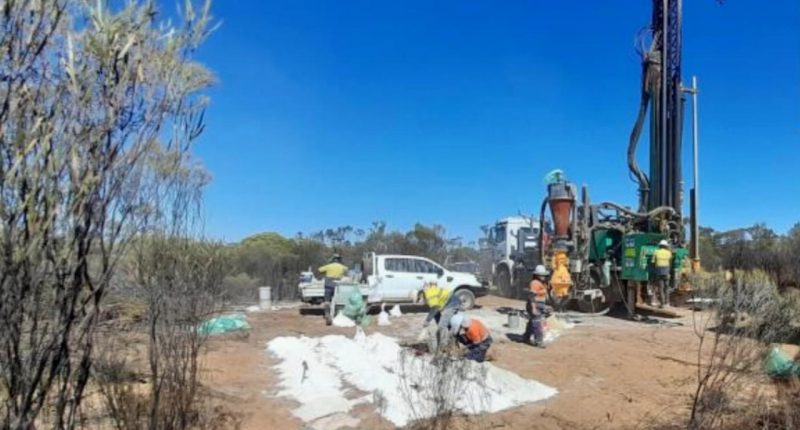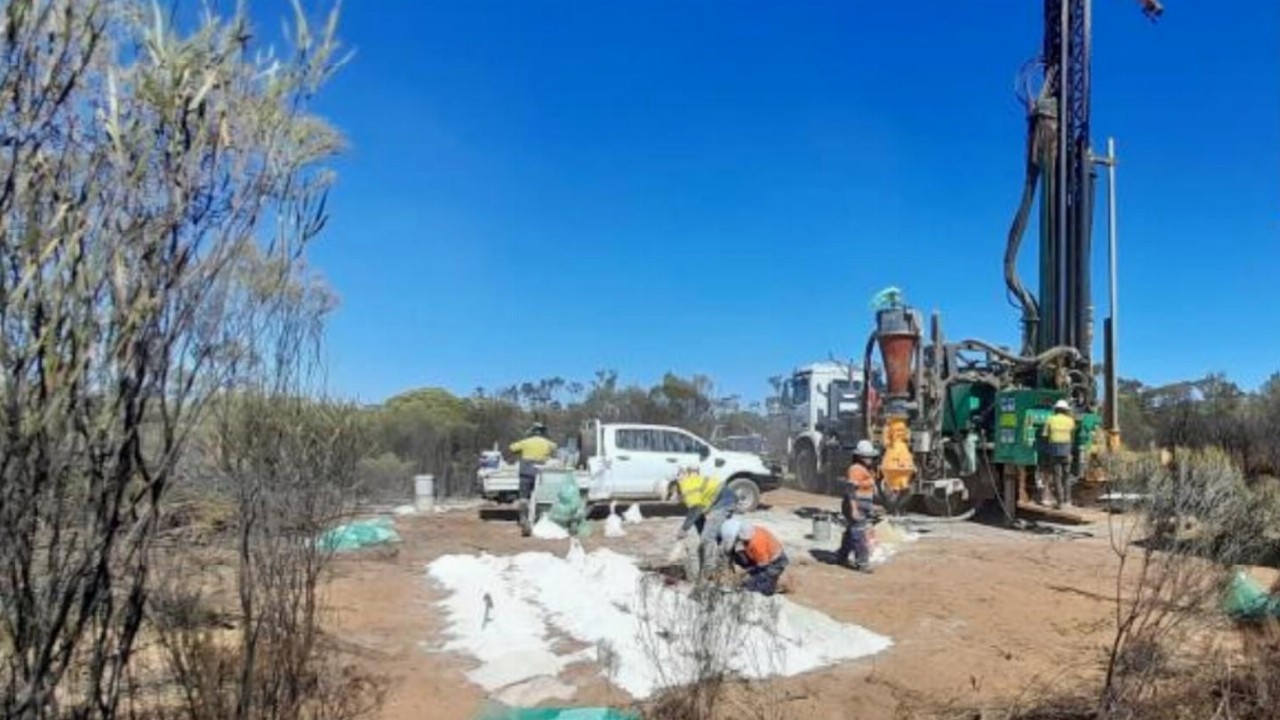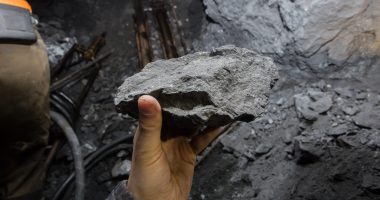- Kula Gold (KGD) announces an initial mineral resource estimate (MRE) for the Boomerang kaolin deposit in WA
- The deposit has an inferred and indicated MRE of 93.3 million tonnes of kaolinised granite which is based from drilling since the deposit’s discovery in July 2021
- Boomerang represents an opportunity for Kula to supply the green construction industry using metakaolin, mainly as a replacement for 15 per cent of cement in concrete construction
- The company is now progressing studies on the deposit to investigate the production of metakaolin products for the green construction industry
- KGD shares are down 9.68 per cent to trade at 2.8 cents each at market close
Kula Gold (KGD) has announced an initial mineral resource estimate (MRE) for the Boomerang kaolin deposit in Western Australia.
The JORC 2012 MRE stands at 93.3 million tonnes of kaolinised granite which contains an indicated resource of 15.2 million tonnes and an inferred resource of 78.1 million tonnes.
The maiden MRE is based on 12 months of drilling that the company completed after discovering the deposit within its Airfield project in July 2021.
Kula Gold spent just $1.2 million on this drilling effort which led to delineating a maiden resource.
The company is now progressing engineering studies for downstream processing to produce metakaolin products for the green construction industry. Out of commitment to this focus, it has incorporated a new, wholly-owned subsidiary called “Boomerang Kaolin”.
Kula Gold highlighted that the use of metakaolin as a replacement for 15 per cent of cement in concrete production has many benefits. According to the company, for every house built using 100 tonnes of concrete, there’s a reduction of about eight tonnes in carbon dioxide emissions.
There would also be an improvement in concrete properties when incorporating metakaolin. These improvements may include increased strength and concrete density, reduced porosity and greater durability.
Interestingly, the use of metakaolin as a cement substitute dates back for decades and was used to build the Jupia Dam in Brazil in 1962.
Metakaolin is also used to make a number of other things including ceramics, paper, fibreglass, high-purity alumina, rubber, plastics, polishes, pharmaceuticals, cosmetics, and more.
Study work thus far reportedly suggests that mineralisation at the Boomerang kaolin deposit could support the development of a shallow open-pit mine with a mine life of 50 years.
The company will continue with the commercialisation process, metallurgical studies, and working with consultants and regulators to advance development of the deposit.
KGD shares were down 9.68 per cent to trade at 2.8 cents each at market close.








